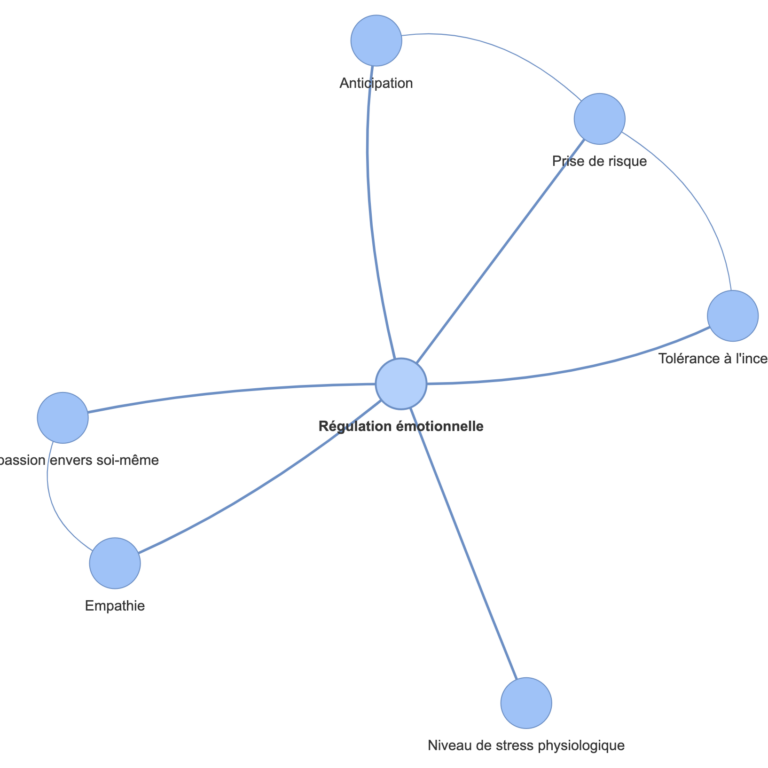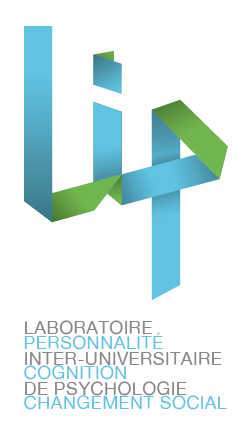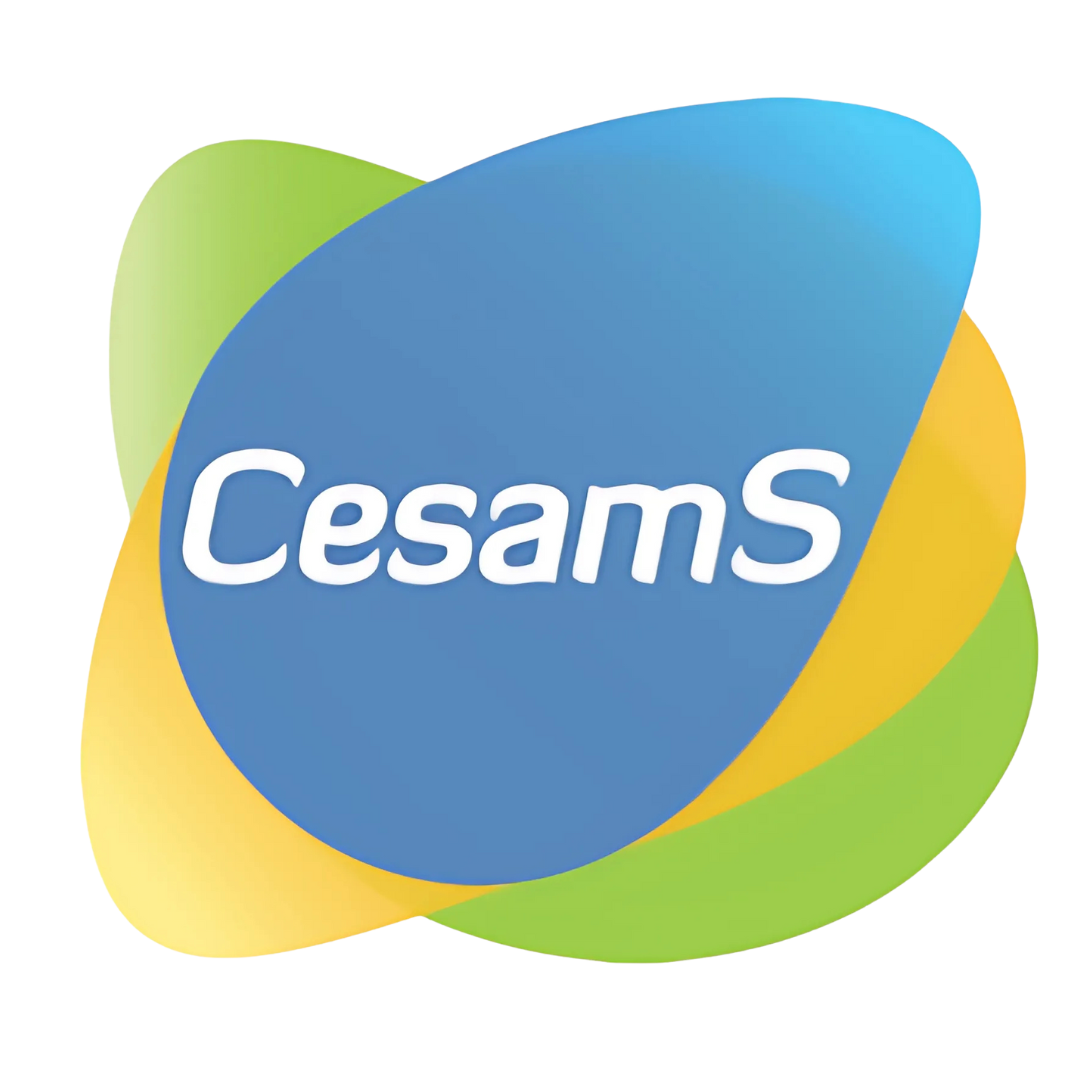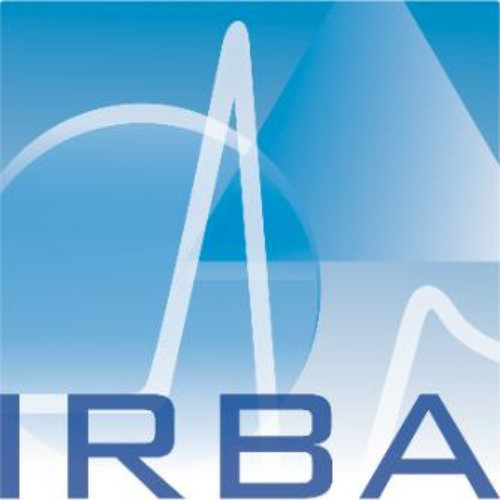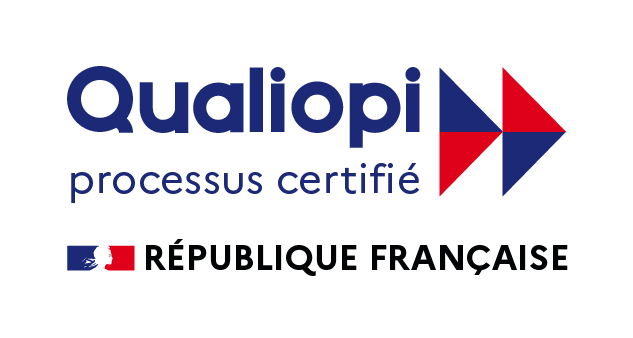Neuroscience: proven scientific expertise
A pioneer in the application of neuroscience and AI, Omind transforms scientific advances into reliable, concrete tools to measure and develop talent’s behavioral skills.
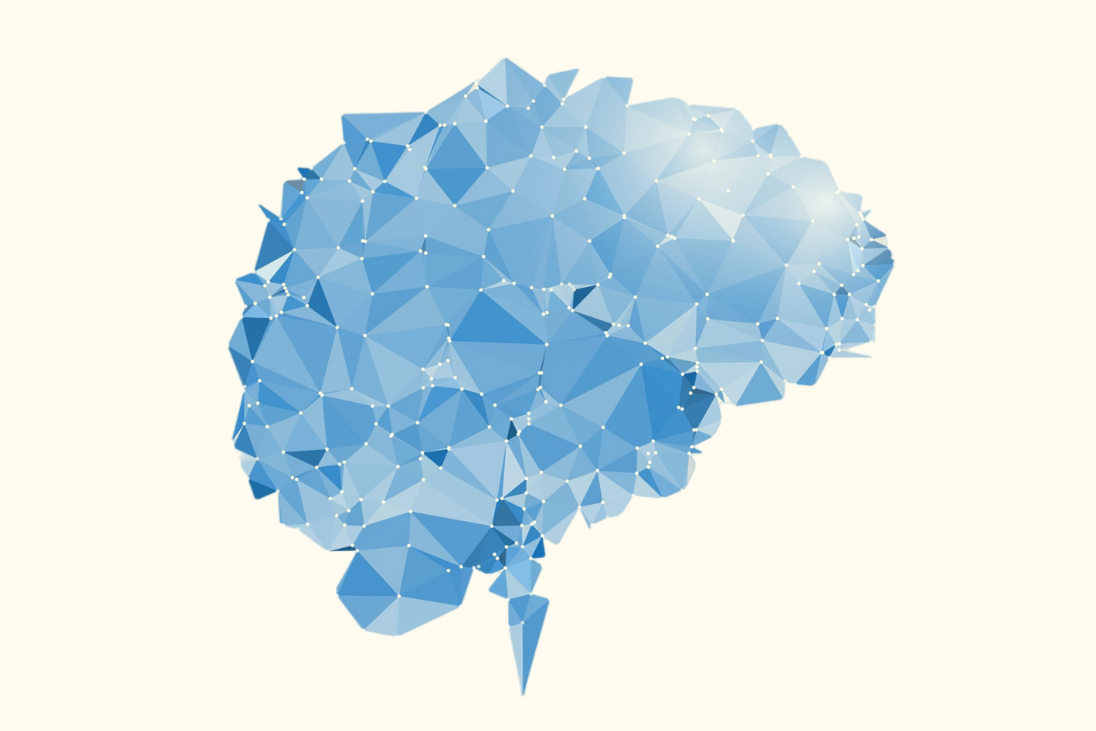
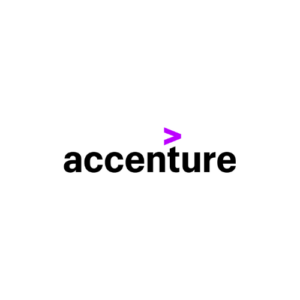
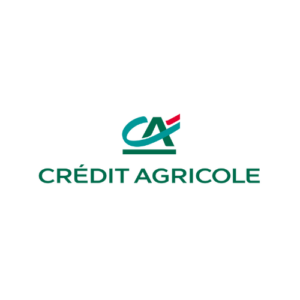
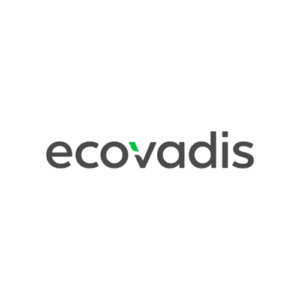

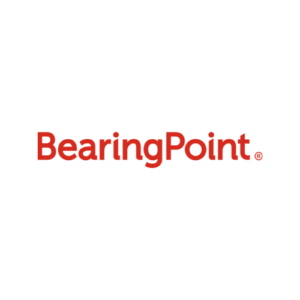

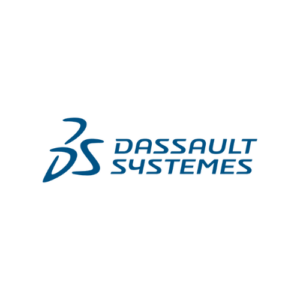
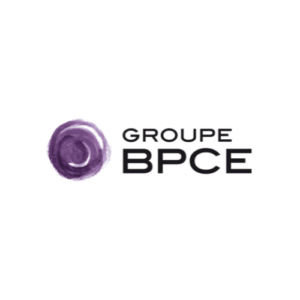




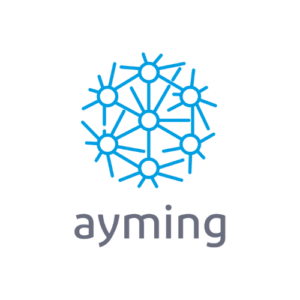



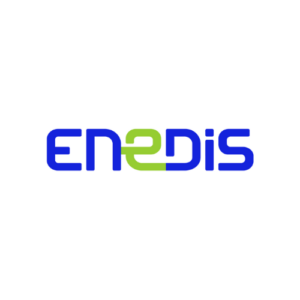
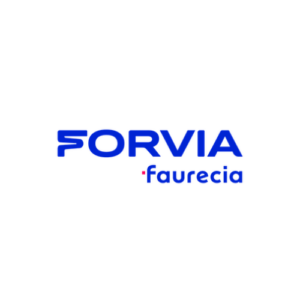
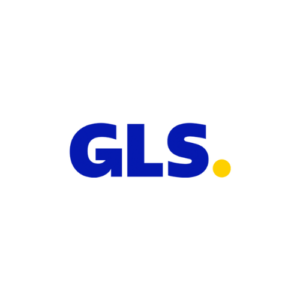



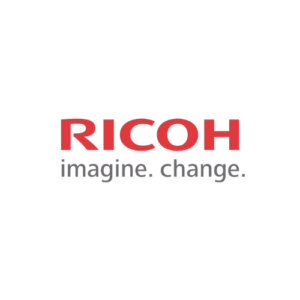
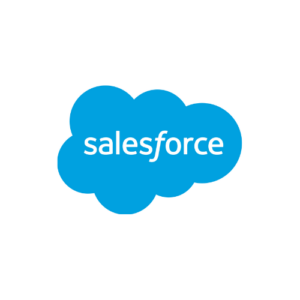

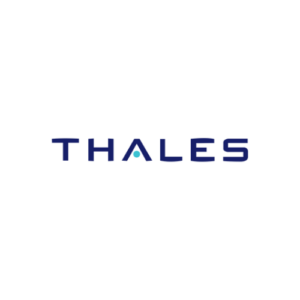
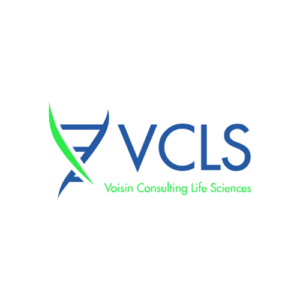
How did Omind build its tools?
Omind makes neuroscience accessible to everyone, enabling each person to better understand and control their neuromechanisms.
Backed by 8 years of research in partnership with institutions such as CNRS, APHP and IRBA, and drawing on more than 40,000 scientific publications, Omind has developed innovative and reliable solutions.
A pioneer in neuroscience and artificial intelligence integration, Omind offers tools to develop emotional, adaptive and managerial skills, improving both well-being and professional performance.
8 years
of Research & Development
+40,000
scientific publications, at the origin of our tools
7
publications
2
scientific patents filed
Skills development in
the world of top-level sport
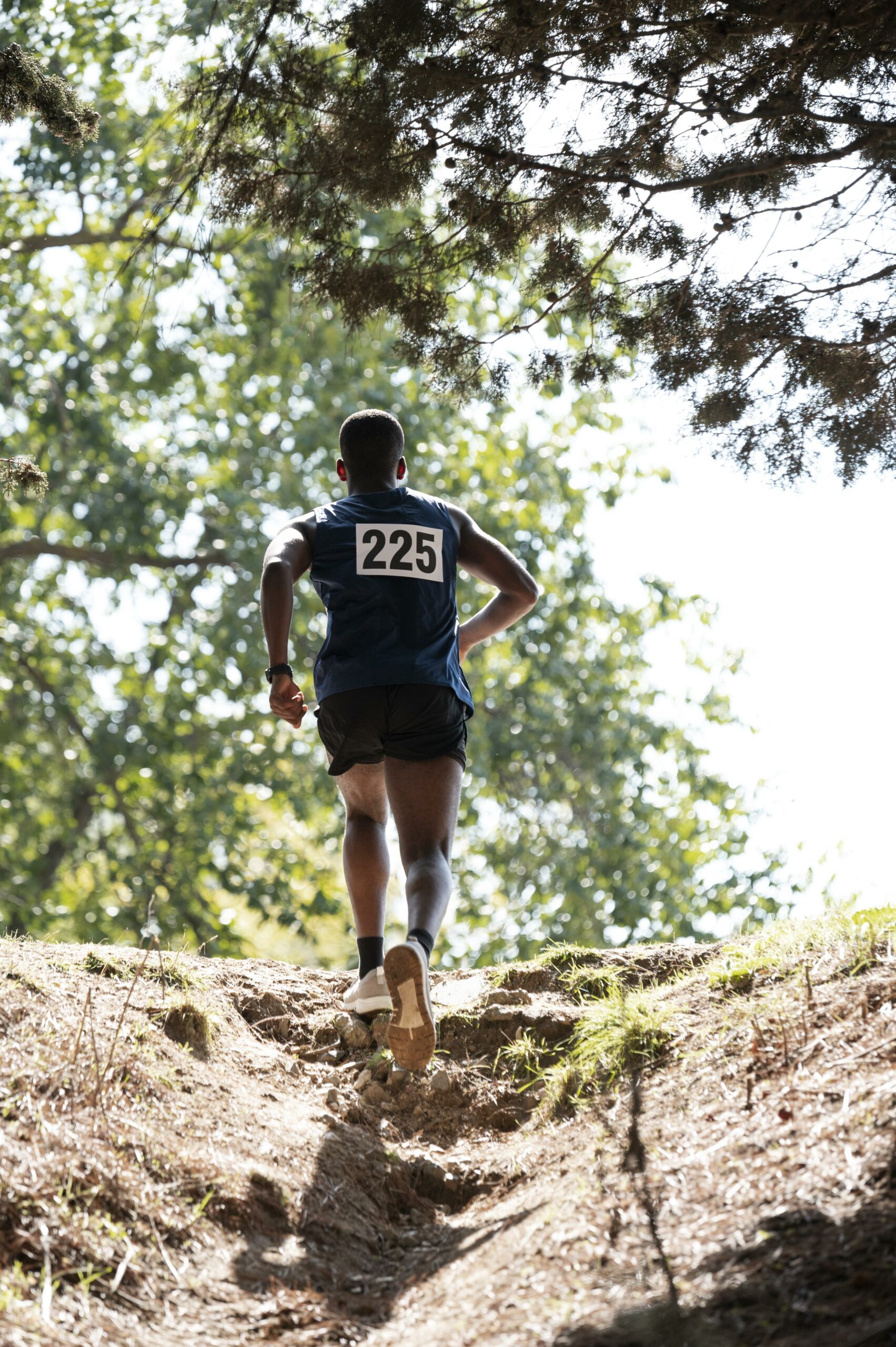
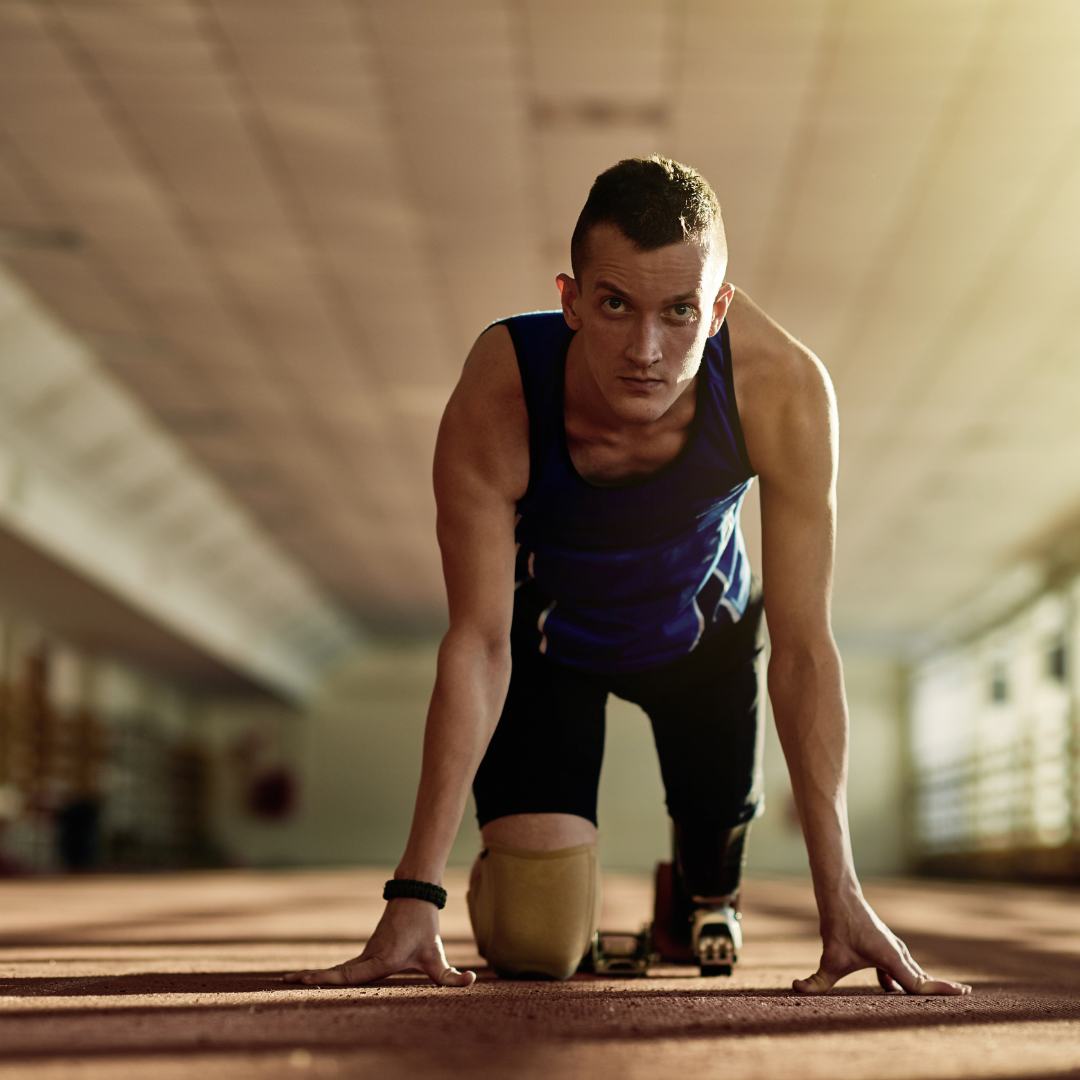
Emotional
++ Emotional regulation (anger, stress, sadness, etc.) ¹
++ Self-confidence ¹
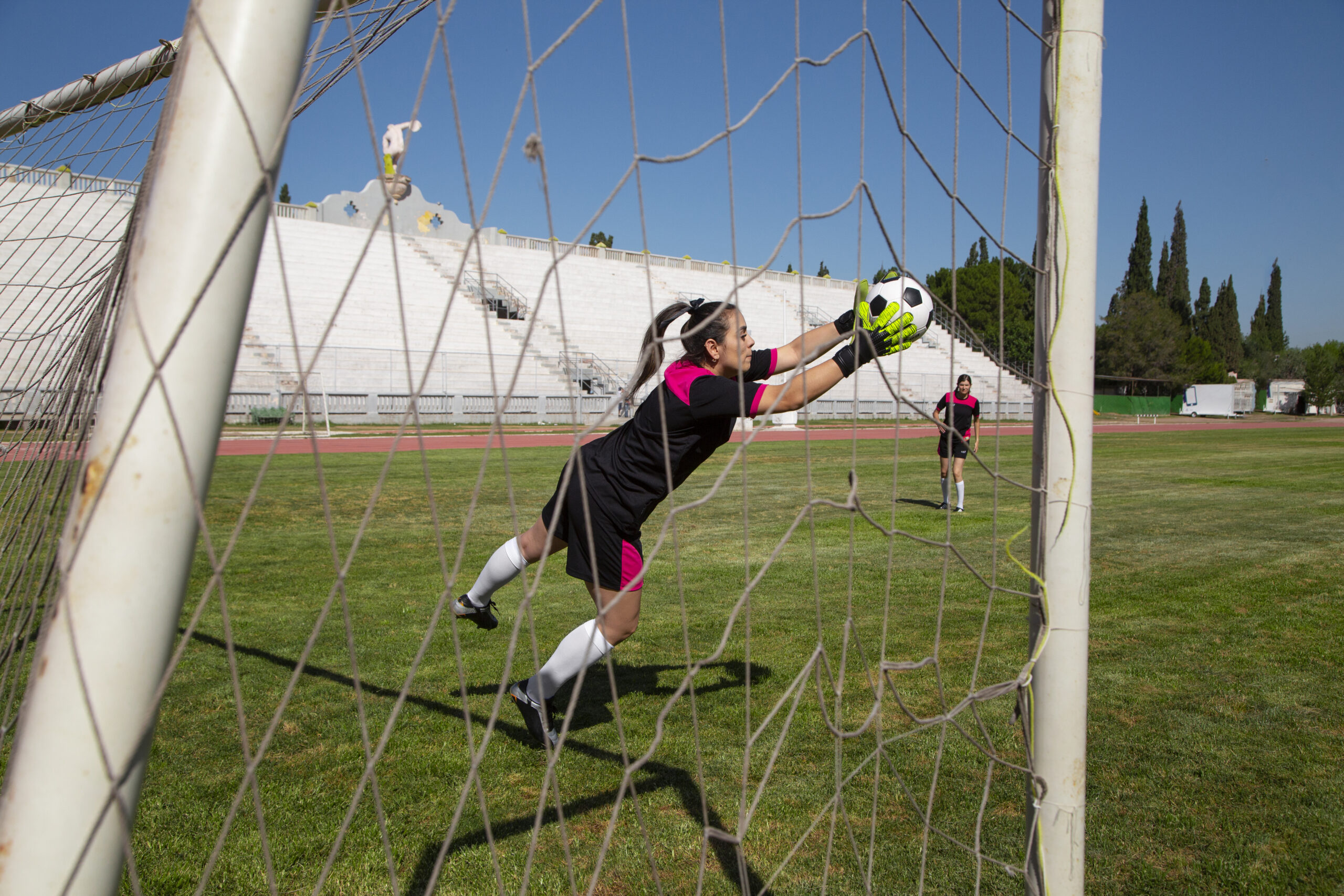
Sports
76% passing ²
98 to 104% shooting ²
25% on dribbling ²
20% on tackling efficiency ³
